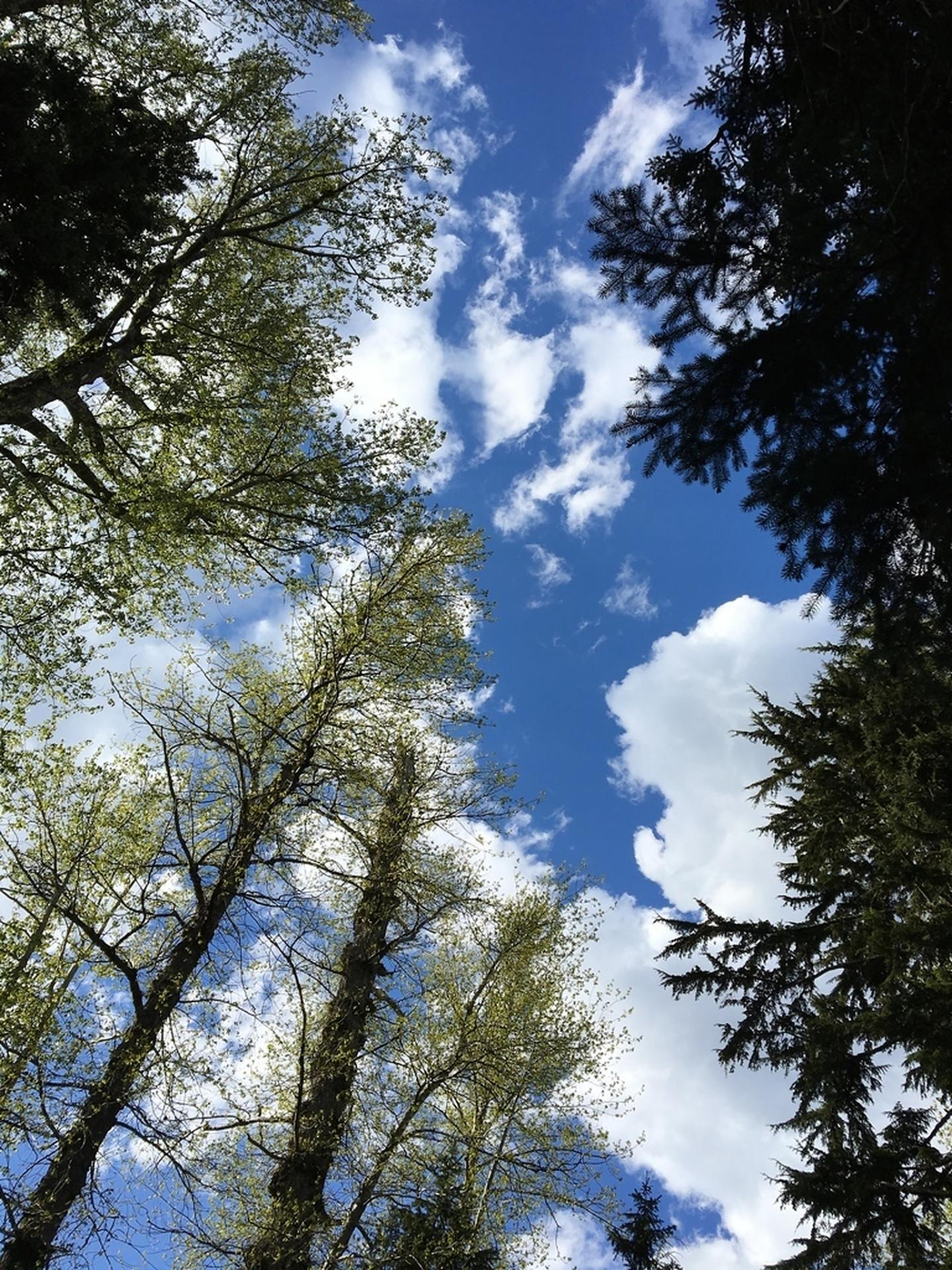Trees are natural epimutation accumulation systems
“Given their extraordinary longevity, trees act as natural epimutation accumulation systems, and therefore offer unique insights into epigenetic processes over long time-scales,” says Professor Johannes. Together with co-senior author Professor Robert J. Schmitz (University of Georgia, USA), who is also a Hans Fisher Fellow at the TUM-IAS, he recently published two companion papers on this topic.
In their studies, the team focused on a 330 year-old poplar tree. By comparing DNA methylation (an important epigenetic mark) of leaves from different branches of the tree, they were able to show that epimutations accumulate continuously as a function of the tree’s age. The researchers found that the further apart two leaves are from each other, in terms of developmental time, the more dissimilar their DNA methylation patterns are. From this, the researchers were able to conclude that the rate of somatic epimutations is about 10,000 times higher than the genetic mutation rate in this same tree.
An epigenetic ageing clock in trees?
This discovery led to the intriguing insight that epimutations can serve as a kind of molecular clock to determine the age of a tree. “Only some branches had been dated by counting tree rings, but unfortunately not the main stem. We really needed this information for our analysis, so we decided to treat the total age of the tree as an unknown parameter and let the DNA methylation data of the leaves tell us how old the tree is. This gave an estimate of about 330 years,” says Professor Johannes.
The estimate later turned out to be consistent with diameter-based dating of the main stem and with other information on the life history of this particular tree. “This was the first indication that there is something like an epigenetic clock in trees.”
A window into the past
The team around Prof. Johannes is now pursuing the question whether environmental changes that trees experience over their long life-times leave epigenetic signatures that can be read and interpreted to learn something about their past.
“Our goal is to integrate historical environmental data with our epigenetic work. We think this may offer a window into the past which can help us to understand how trees have dealt with specific environmental challenges such as droughts and temperature fluctuations. This type of information may be useful when considering the future, particularly in light of global climate change.”
###
More Information
In an ongoing follow-up project, Frank Johannes is working together with Hans Pretzsch, Professor of Forest Growth and Yield Science (https:/


